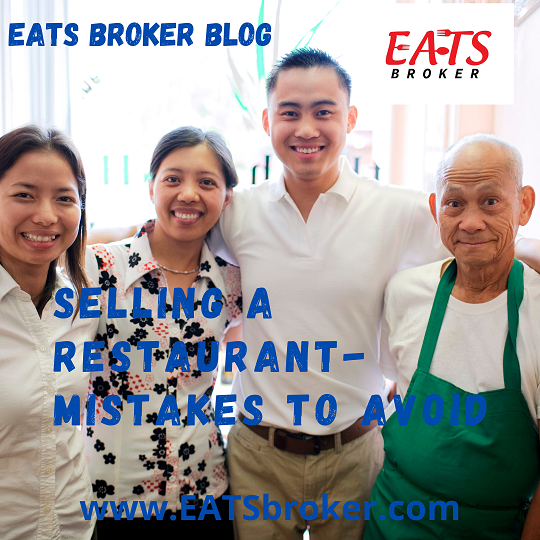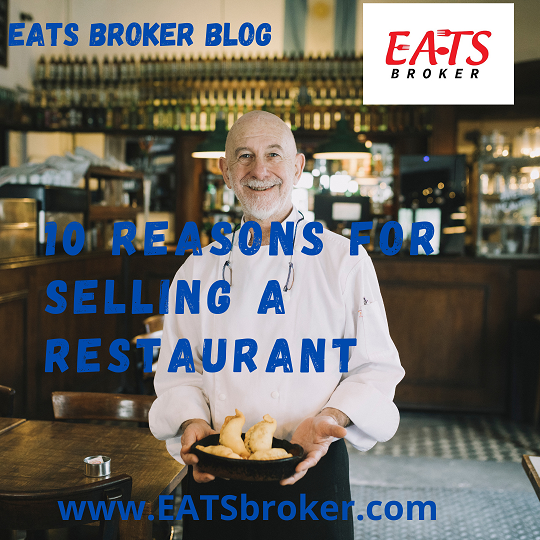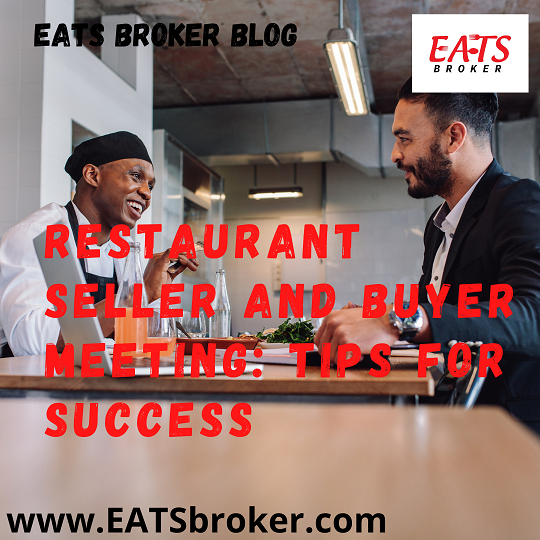
Selling a Restaurant-Mistakes to Avoid
If you are selling a restaurant, there are mistakes to avoid that can become obstacles to reaching the closing table. To increase the odds of

If you are selling a restaurant, there are mistakes to avoid that can become obstacles to reaching the closing table. To increase the odds of

Reasons for selling a restaurant can differ from restaurant owner to owner. Everyone has a specific reason that they want to sell a restaurant. EATS

What restaurant numbers should you know if you own a restaurant or want to buy a restaurant? Every independently owned restaurant is unique, while franchise

EATS Restaurant Brokers decided to create a Restaurant Seller and Buyer Meeting-Tips for Success checklist. The initial meeting between the buyer and a seller can

© Copyright 2025 EATS Broker | Consumer Protection Notice | Information About Brokerage Services